On-Page SEO is a vital strategy for optimizing landing pages, focusing on enhancing user experience and search engine relevance. Key tactics include optimizing title tags and meta descriptions (up to 160 characters), using header tags (H1, H2, H3) for content structure, keyword research to align with audience intent, creating high-quality, SEO-friendly content, internal linking for better site navigation, improving user experience through speed and mobile responsiveness, optimizing visual elements like images and videos, and regularly updating pages based on performance metrics. Effective On-Page SEO ensures higher search rankings and drives more organic traffic by making landing pages appealing to both users and search algorithms.
In today’s digital landscape, effective On-Page SEO is crucial for landing pages to drive conversions. This article guides you through a comprehensive strategy to optimize your landing pages for search engines. From understanding fundamental concepts like Title Tags and Meta Descriptions, to advanced techniques such as keyword research integration and enhancing user experience, these tactics will ensure your landing pages not only rank higher but also deliver exceptional results.
Understanding On-Page SEO for Landing Pages
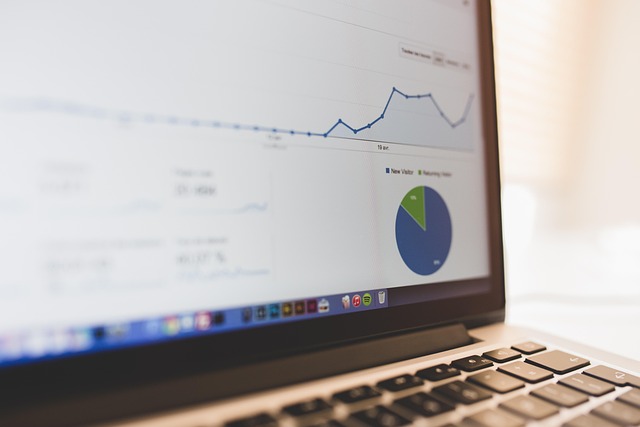
On-Page SEO is a critical component in optimising landing pages for search engines. It involves enhancing various elements within a webpage to make it more relevant and appealing to both users and search algorithms. This includes optimising titles, headings, meta descriptions, image alt tags, and content to align with targeted keywords while ensuring a seamless user experience. By incorporating these SEO practices on-page, you increase the likelihood of your landing pages ranking higher in search results, driving more organic traffic.
Effective On-Page SEO also focuses on structuring the page’s content logically. Well-organised headings, subheadings, and paragraph formatting make it easier for both search engines and visitors to understand the page’s purpose. Additionally, internal linking strategies within the content can help distribute link equity across your site, further boosting the authority of individual landing pages.
Optimizing Title Tags and Meta Descriptions
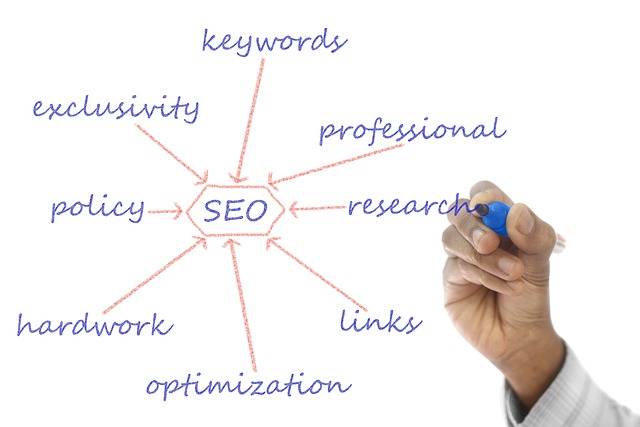
Optimizing title tags and meta descriptions is a crucial aspect of on-page SEO for landing pages. Title tags, which appear as the clickable headline in search engine results pages (SERPs), should be concise, compelling, and include your target keyword. This not only enhances click-through rates but also signals to search engines what your page is about. Keep titles under 60 characters to avoid truncation and ensure they accurately represent the content within.
Meta descriptions, on the other hand, provide a brief summary of your landing page’s content below the title tag. While they don’t directly impact rankings, compelling meta descriptions can increase click-through rates by enticing users with relevant information. Aim for 150–160 characters to capture attention and include keywords naturally. Remember, both elements should be unique for each page to avoid duplication and maximize their effectiveness in the on-page SEO strategy.
The Role of Header Tags in Landing Page SEO

Header tags, consisting of H1, H2, and H3, play a pivotal role in on-page SEO for landing pages. They act as signposts for search engines, guiding them to understand the hierarchy and context of your content. An optimal H1 tag should be descriptive, unique, and reflect the primary keyword or theme of the page, capturing the essence of what visitors will find.
Beneath the H1, H2 tags step in to outline key sections, providing a clear structure for both users and search algorithms. These tags not only enhance readability but also allow search engines to index important topics within your landing page. Using relevant keywords strategically in header tags contributes to both user experience and SEO performance, ensuring your content is not just seen but also understood by search engines.
Keyword Research and Integration on Landing Pages
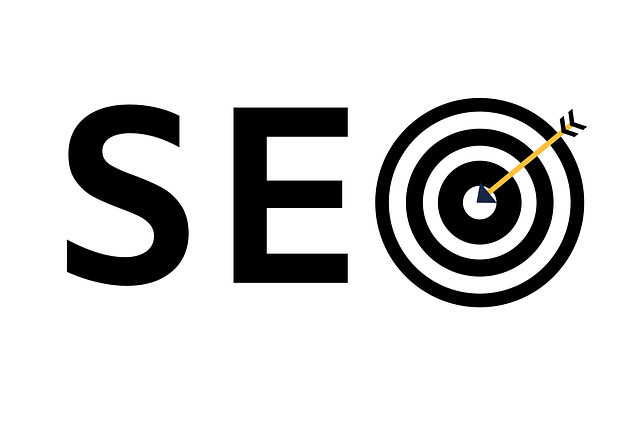
Keyword research is a fundamental aspect of effective on-page SEO for landing pages. It involves identifying and understanding the terms and phrases your target audience uses when searching for products, services, or information related to your business. By conducting thorough keyword analysis, you can uncover valuable insights into user intent and search trends, enabling you to optimize your content accordingly. This process helps ensure that your landing page aligns with what potential customers are seeking, thereby increasing the chances of conversions.
When integrating keywords into landing pages, it’s essential to maintain a natural language flow while incorporating them strategically. Keywords should be placed in relevant headings, subheadings, meta descriptions, and throughout the main content to enhance readability and search engine visibility. Remember, the goal is not just to stuff keywords but to create high-quality content that provides value to visitors, ultimately leading to improved user experience and better SEO rankings.
Creating High-Quality, SEO-Friendly Content
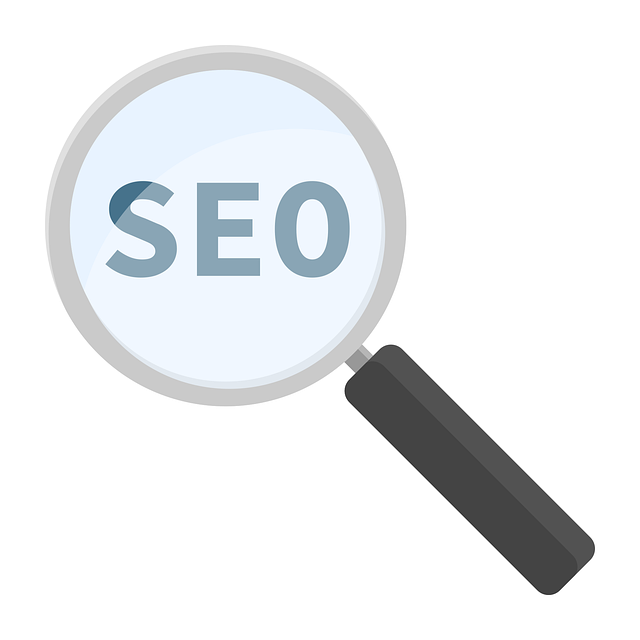
Creating high-quality, SEO-friendly content is an essential part of on-page SEO strategy for landing pages. This involves a deep understanding of your target audience and their search intent. Crafting compelling and relevant copy that answers user queries can significantly improve page rankings. Ensure your content is unique, engaging, and provides genuine value to readers, as search engines favor informative and well-structured text.
When optimizing for on-page SEO, consider incorporating keywords naturally throughout the landing page. This includes headings, meta descriptions, image alt tags, and body copy. Each element plays a role in enhancing visibility and user experience. Well-optimized content not only attracts organic traffic but also encourages longer browsing sessions, reducing bounce rates and improving conversion chances.
Utilizing Internal Linking Strategies

Internal linking strategies are a powerful tool within on-page SEO for landing pages, allowing you to create a seamless user experience while enhancing your site’s visibility to search engines. By strategically linking to other relevant pages within your website, you can improve the overall structure and navigation of your content. This technique benefits both users and search algorithms by providing clear context and hierarchy for your web pages.
When implementing internal links, focus on creating anchor text that is descriptive and keyword-rich, ensuring it accurately represents the target page’s content. This practice helps search engines understand the relationship between pages and can boost the authority of your landing pages. Additionally, internal linking encourages visitors to explore more of your site, increasing engagement and potentially lowering bounce rates, which are all positive signals for SEO performance.
Enhancing User Experience (UX) for Better SEO

Improving user experience is a key component of effective on-page SEO strategies. When landing pages are designed with UX in mind, they become more engaging and intuitive for visitors, encouraging them to explore further. This includes optimizing elements like website speed, mobile responsiveness, and ease of navigation, ensuring that users can effortlessly find the information or products they seek. By reducing bounce rates and increasing time spent on page, these practices send positive signals to search engines, indicating high-quality content and a user-friendly environment.
Additionally, incorporating clear calls-to-action (CTAs), well-structured headings, and relevant keywords naturally integrated into content enhances the overall UX. These techniques not only guide users but also assist search engine crawlers in understanding the page’s purpose and context. As a result, landing pages become more visible in search results, attracting organic traffic and boosting SEO performance over time.
Optimizing Visual Elements: Images and Videos
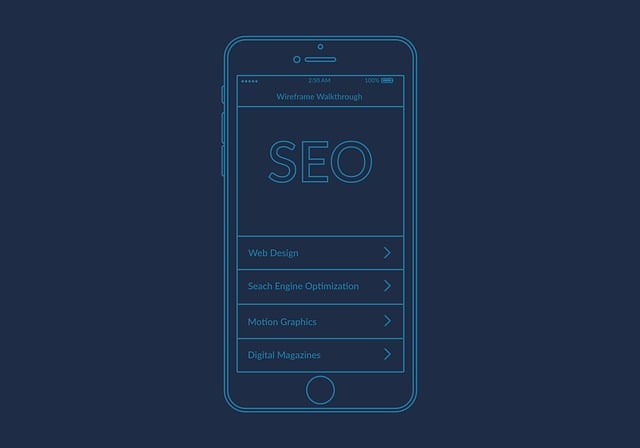
Optimizing visual elements, such as images and videos, is a crucial part of on-page SEO for landing pages. When selecting visuals, ensure they are high-quality and relevant to your target audience and content. Optimized images should have descriptive file names and alt tags that include targeted keywords, enhancing both accessibility and search engine comprehension. Videos can significantly boost engagement but must be optimized with closed captions and concise transcripts for better SEO performance.
Additionally, maintain a balanced use of visuals to avoid cluttering the page, which could negatively impact loading times. Incorporate interactive elements like sliders or carousels sparingly, as these may present technical challenges that could hinder optimization efforts. Always test your landing pages on various devices and browsers to ensure optimal visual rendering and overall user experience.
Regularly Updating and Refining Your Landing Pages

Regular updates are essential for landing pages, as they allow businesses to stay relevant and engage their target audience effectively. With the constant evolution of search engine algorithms and user preferences, a static landing page can quickly become outdated and less effective. On-Page SEO plays a crucial role here; each update should be strategic, focusing on optimizing keywords, refining calls-to-action (CTAs), and ensuring a seamless user experience. By regularly reviewing and improving content, businesses can maintain their search engine rankings and attract more qualified leads.
Refining your landing pages involves analyzing performance metrics and gathering user feedback to identify areas of improvement. Test different versions of headlines, copy, and layout to see what resonates best with your audience. This iterative process helps in creating a landing page that not only ranks well but also delivers the desired results, whether it’s increasing conversions, capturing leads, or driving sales.
